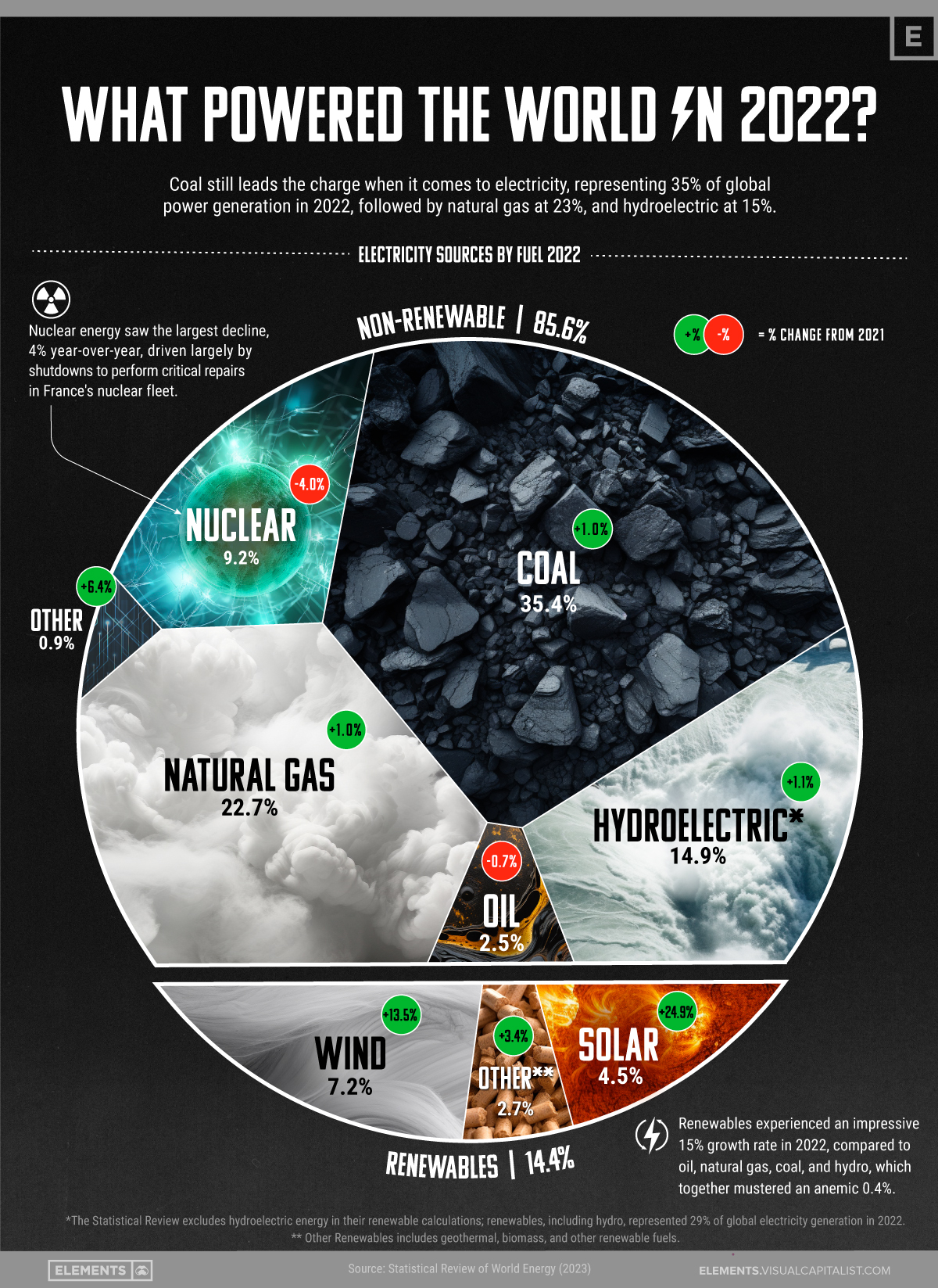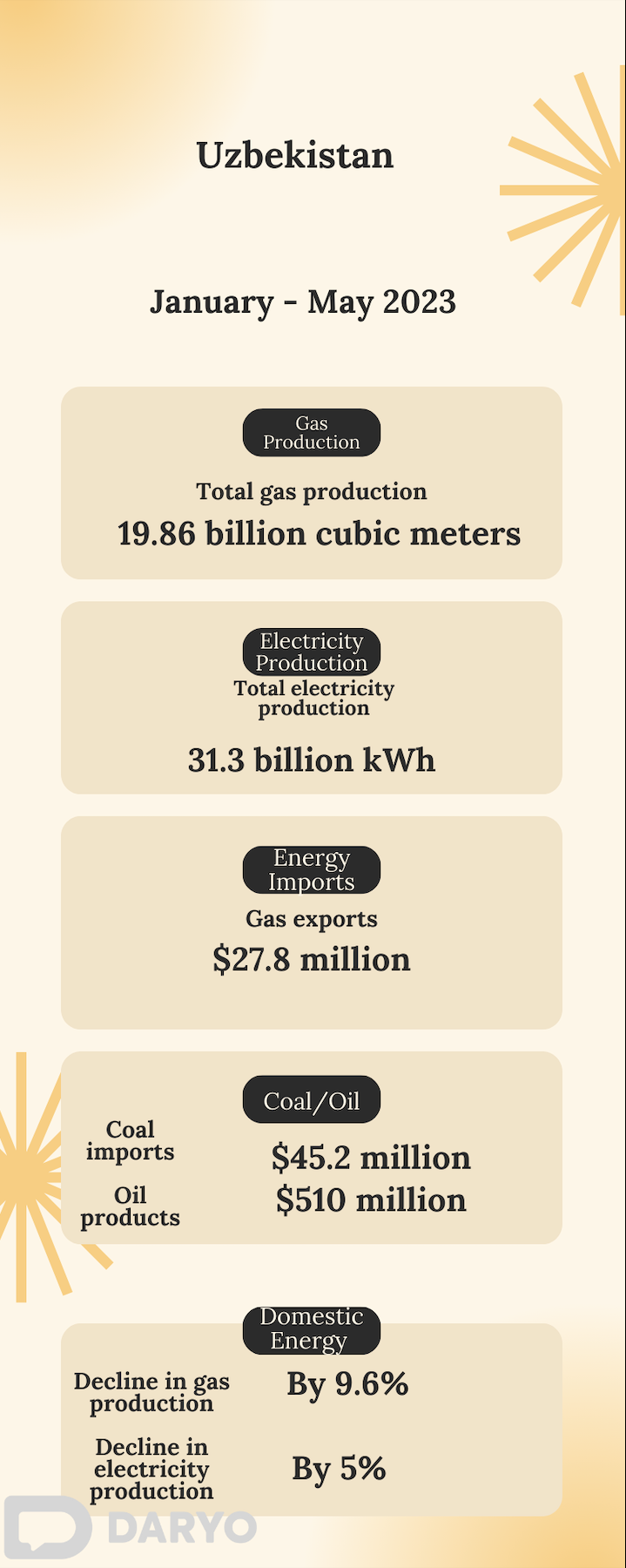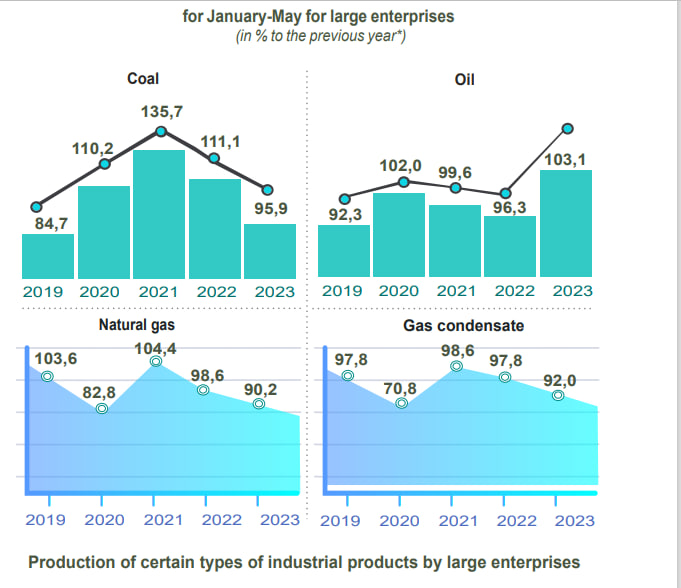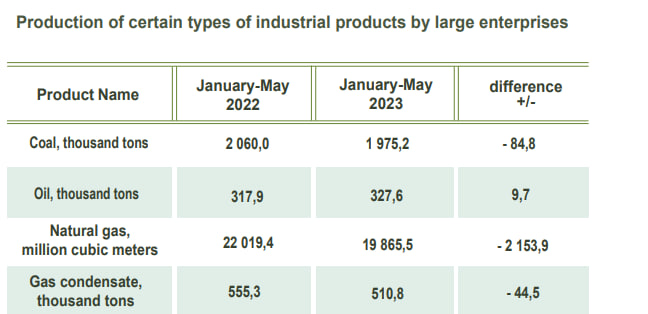According to an article by Chris Dickert, in 2022, the global electricity production reached 29,165.2 terawatt-hours (TWh), indicating a 2.3% increase compared to the previous year. Coal maintained its position as the primary source of electricity production, contributing to 35.4% of the world's total electricity output, followed by natural gas (22.7%) and hydroelectric power (14.9%).
Remarkably, more than three-quarters of the coal-based electricity production in the world is consumed by only three countries. China led the charts as the largest consumer of coal, accounting for 53.3% of the global coal demand, trailed by India (13.6%) and the United States (8.9%).

Сoal combustion, whether for electricity generation, metallurgy, or cement manufacturing, remains the largest source of CO2 emissions globally. Surprisingly, coal usage in electricity generation has increased by 91.2% since the signing of the first global climate agreement in Kyoto, Japan, in 1997.
The use of non-renewable energy sources may be in decline. In 2022, renewable energy sources, such as wind, solar, and geothermal energy, accounted for 14.4% of the overall electricity production. This was accompanied by impressive annual growth rates of 14.7%, primarily attributed to the substantial expansion of solar and wind energy. In stark contrast, non-renewable energy sources contributed a mere 0.4%.
Nuclear energy emerged as a significant concern in the report. The disruptions at the Zaporizhia Nuclear Power Plant in Ukraine and the shutdown of France's nuclear fleet to address corrosion in the safety injection systems of four reactors led to a 4% decrease in global nuclear energy consumption.
In France, the amount of electricity generated by nuclear power plummeted by 22% to 294.7 TWh in 2022.
The challenges lie in sourcing mechanical energy. Coal initiated the first industrial revolution but had detrimental environmental effects. Wind energy is clean and cost-effective, but it can be inconsistent. Nuclear fission offers reliable electricity production without emissions but results in radioactive waste.
Uzbekistan
From January to May 2023, Uzbekistan faced a 9.8% decline in gas production, amounting to 19.86 billion cubic meters, marking the lowest production in recent months. Gas production continued its decline for the second consecutive month in May. Simultaneously, the nation experienced a contrasting increase of 3.1% in electricity production, reaching 31.3 billion kWh during the same period, with a notable surge of 36.1% in May compared to the previous year.
Moreover, Uzbekistan saw a substantial surge in energy imports during the first quarter. Gas imports increased 2.6-fold compared to the same period in 2022, primarily in March. The country's gas exports in the first quarter reached $27.8 mn, and it's noteworthy that no gas was exported to China during this period. Additionally, coal imports surged by 61.7% during this period, totaling $45.2 mn.

Furthermore, imports of crude oil and oil products rose by 43.3%, amounting to $510 mn in the first quarter, with notable monthly increases. Altogether, Uzbekistan's energy resource imports reached $742.5 mn during the first quarter, nearly doubling the previous year's expenditure. These trends are attributed to the domestic decline in energy production, including a 9.6% drop in gas production and a 5% reduction in electricity production in the first quarter.


Comments (0)